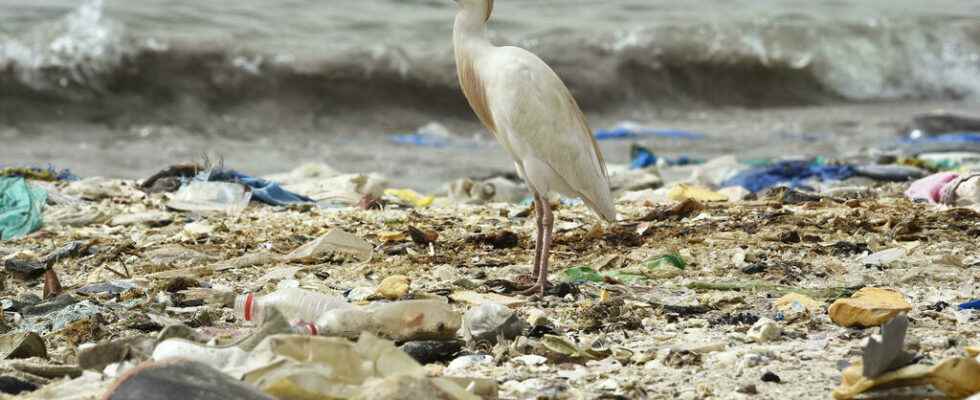Will a consensus be found in Nairobi on the outlines of a future international treaty against plastic pollution which is reaching world records? This is the objective of the United Nations Environment Assembly which began on Monday, February 28, in the Kenyan capital, and which brought together a hundred countries.
With our correspondent in Nairobi, Florence Morice
Such a breakthrough would be considered “ historical “, while according to the OECD, out of 460 tonnes of plastics produced in 2019, less than 1% was recycled.
According to the Norwegian Minister for the Environment, who is presiding over the work, the UN would be ” very close to reach a consensus.
For the moment, it is a question of defining a framework for the negotiations to come, supposed to lead, within two years – experts estimate – to an international treaty to regulate plastic pollution. But this framework is very important because it determines the subjects that will be addressed in the treaty and therefore its scope.
For several days already and until late in the weekend, informal discussions led to a draft resolution. It remains to be seen whether it will be accepted by the ministers present at the Assembly. At this stage, Inger Andersen, executive director of the UN agency for the environment, welcomes, in any case, that the text takes into account the main demands of environmental activists.
It concerns the entire plastics industry and provides for a legally binding treaty. He mentioned the issue of funding and the need also to provide for a monitoring mechanism.
A text should be submitted, Wednesday, March 2, to the Plenary Assembly.
►Also read: The fight against plastic pollution, an international issue
